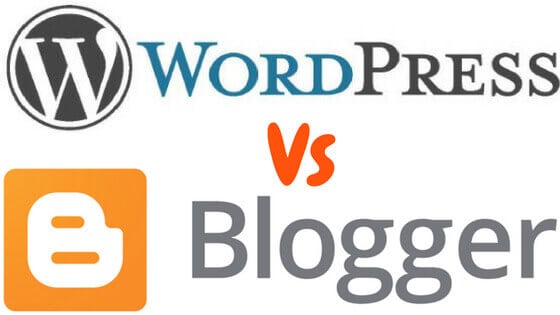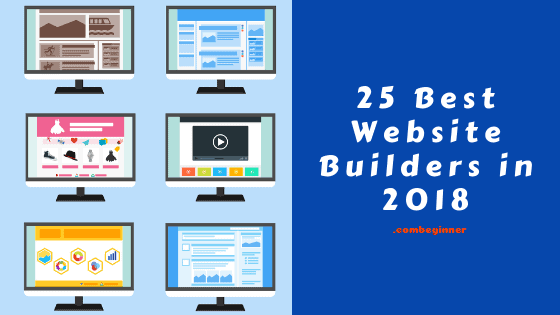In today’s fast-paced digital world, having a robust online presence is a must-have for any business or individual who wants to reach a wider audience. And a crucial part of that online presence is a well-designed and functional website.
If you’re still stuck with an outdated website platform or if your current platform just isn’t cutting it, it might be time to consider moving to WordPress. This powerful and user-friendly platform has become the go-to choice for millions of websites around the world, and it offers many advantages over traditional website builders.
In this blog post, we aim to take you to step by step through the process of migrating your website to WordPress. We’ll give you tips and tricks to make the change as easy as possible, no matter if you’re a new webmaster or an old pro. By the end of this guide, you’ll have all the knowledge you need to make the most of your new WordPress website.
🔑 Key Takeaways (TL;DR)
- Importance of migrating to WordPress for online presence
- Step-by-step guide to migrating a website to WordPress
- Preparation: backup website, choose a reliable WordPress host, select a WordPress theme
- Migrating website: export content, import to WordPress, update the design
- Optimizing new WordPress website: configure basic settings, install essential plugins, enhance security
- Post-migration tasks: redirect old URLs, submit to search engines, and test functionality and user experience.
🚀 Preparation
Before we dive into the actual migration process, it’s important to take a few steps to prepare. This will make the transition much smoother and minimize any potential issues.
Here are the key preparation steps you should take:
The first and most important step is to back up your current website. This will ensure that all your data and files are safe in case anything goes wrong during the migration. You can use a plugin or your web host’s backup system to do this. Just make sure you have a recent backup of your website stored somewhere safe.
Once you’ve backed up your website, the next step is to choose a reliable WordPress host. This is where your website will be hosted, and it’s important to choose a host that offers good uptime, security, and support. There are many options to choose from, so do your research and select a host that fits your specific needs.
The last preparation step is to choose a WordPress theme. This is the design template for your website, and there are thousands of options to choose from. It’s important to select a theme that is responsive, modern, and easy to customize. You can find free themes or pay for a premium theme; just make sure it meets your needs and fits your brand’s style.
🚀 Migrating Your Website to WordPress
Before we get into the details of moving your website to WordPress, we need to take the time to get ready. This means making a backup of your website, picking a good WordPress host, and choosing a theme that fits your needs.
Now that you’ve taken care of the preparation, it’s time to start the migration process. This process can be broken down into three main steps: exporting your website’s content, importing your content into WordPress, and changing your website’s design in WordPress.
Exporting your website content is the first step in the migration process. This means getting together all the text, images, and other media files on your website and saving them in a format that can be easily imported into WordPress.
Next, it’s time to import your website content into WordPress. This is where the content you exported in the previous step comes into play. You can move your content to your new WordPress site by using the WordPress import tool. This process is usually easy and quick, but you should check everything twice to make sure your content is imported correctly.
Finally, it’s time to update your website design in WordPress. This is where you’ll get to put your creative skills to the test and make your new website look and feel the way you want it to. Whether you choose a ready-made theme or make your own from scratch, WordPress gives you a lot of options for making a beautiful and useful website.
🚀 Optimizing Your New WordPress Website
Let’s move on to the last step of moving your website to WordPress, which is to optimize it. This is where you can really take advantage of the many benefits that WordPress has to offer and make your website truly your own.
The first step in optimizing your new WordPress website is configuring the basic settings. This includes things like choosing your website’s title and tagline, setting your time zone, and determining your preferred permalink structure. This is also where you can set up important details like your website’s contact information and customize your website’s appearance with themes and widgets.
Once you’ve set up your basic settings, it’s time to start installing plugins. Plugins are add-ons that provide additional functionality to your WordPress website. From SEO optimization to security, there’s a plugin for just about everything. You can easily find and install plugins from the WordPress repository. We recommend starting with some essential plugins, such as Jetpack, Yoast SEO, and Akismet.
Finally, it’s important to enhance the security of your new WordPress website. This is especially important if you’re going to be storing sensitive information or conducting financial transactions on your website. There are several steps you can take to secure your WordPress website, such as using strong passwords, keeping your software up-to-date, and using a security plugin.
🚀 Post-Migration Tasks
Now that you’ve completed the migration process, it’s time to take care of a few final tasks. These tasks will ensure that your new WordPress site is up and running well and that people visiting it have a good time.
It’s important to redirect your old website pages to your new site so that visitors can still find the content they’re looking for. You don’t want anyone to end up on a 404 error page! This step will also help you keep your search engine rankings and keep visitors who are used to finding your content at a certain URL from getting confused or upset.
After you’ve redirected your old pages, it’s time to let search engines know about your new site. This will help make sure that your site is indexed correctly and shows up as soon as possible in search results.
Finally, you’ll want to test your website to make sure everything is working properly and that your visitors are having a good experience. This includes checking your links, making sure your site is loading quickly, and testing your forms and other interactive elements. Doing this allows you to catch and fix any issues before they become problems for your visitors.
✍🏽 Conclusion
In the end, we hope that this step-by-step guide has helped you move your website to WordPress. To sum up, we talked about how important it is to move to WordPress, what you need to do to get ready before you start the migration process, the migration process itself, and how to get the most out of your new WordPress website.
It’s amazing how much a platform like WordPress can transform your online presence, so we encourage you to take the leap and start your migration today. Don’t forget to back up your website, choose a reliable host, pick a great theme, set up basic settings, install essential plugins, and improve your website’s security. All these steps will help you ensure the move goes well and that your visitors have a great time.
Finally, we would like to leave you with some final thoughts and recommendations. WordPress is an amazing platform with endless possibilities, so don’t be afraid to experiment and try new things. Keep learning and growing, and remember that a well-designed website is the foundation of a strong online presence. So go forth and make your mark on the digital world.




 " decoding="async" loading="lazy" >
" decoding="async" loading="lazy" > 